This post is also available in: Español (Spanish) Kreyòl (Haitian Creole)
Chiapas is one of the states with the greatest amount of freshwater resources in Mexico, yet nearly half of its inhabitants do not have running water in their homes. Entire communities, led by women with the help of organizations, have begun efforts to ensure access to this right. They want the water to flow and nourish their homes and those of their neighbors.
On top of a hill, the highest point of the community of La Unión, is a large tank with a black hose attached. The “little black hose,” as residents call it, descends from the tank to deliver water to the distance-learning high school, from where the water is distributed to a few houses. The hose then goes by the elementary school, where it delivers water to more tanks, and then makes its way, via more hoses, to other houses to deliver more water. The hose continues until it reaches María Luisa Gómez-Pérez’s home, where it discharges water into a cistern, from which Gómez-Pérez will draw water to wash dishes, cook and bathe herself and her family.
The little black hose will continue winding its way, on stone paths in the dry season, in mud in the rainy season, downward, ever downward, along the curves of these lush green mountains, amid children running and playing, women caring for their chickens, and men working their cornfields until it has completed its journey designed to distribute water, even if it’s just a little, to most of the homes in La Unión.
Until a couple of years ago, the water for this community didn’t come through that hose. It was carried by women like Gómez-Pérez and their children, who walked two to three hours a day back and forth from their homes to one of the springs. “We carried the water and would get sick from exhaustion,” recalls Gómez-Pérez, a woman in her forties with a ready smile and gentle demeanor.
La Unión is an Indigenous community located in the municipality of Sitalá, Chiapas, where 600 people live in 150 houses. The women of this community, encouraged by Gómez-Pérez, were able to install the hose that delivers a little water in batches every other day. The water reaches the 135 households that agreed to join the community water boards – houses nestled in the mountains adorned in green with the rains of the tropical summers. With so much greenery, it’s hard to believe that people have to struggle to access water.
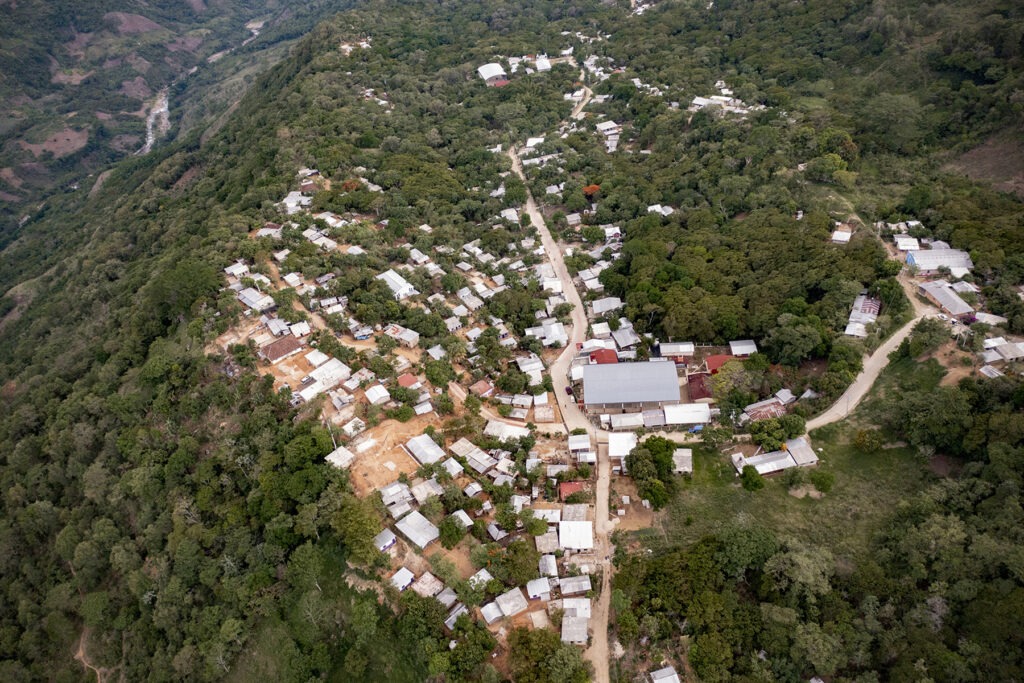
“Even now, there are people who carry water in jugs and buckets, because we don’t have 100% water in every home,” says Gómez-Pérez, as she offers us water with fresh lime. “A little bit of what I don’t have,” she says wryly, referring to her own inconsistent access to water. She’s an excellent conversationalist with a sense of humor that lightens even the most difficult topics and a smile that inspires trust. That’s how she won the vote of her neighbors to head the Board of La Unión. The boards are community organizations that help obtain the infrastructure needed to bring water to local residents’ homes. By law, municipal governments are responsible for creating water systems in rural communities, but they tend to address the needs of the municipal capital and leave remote communities like La Unión to fend for themselves.
In her position, Gómez-Pérez, with her neighbors in La Unión, was able to get the municipal government to install the network of black hoses that crisscross the town. It wasn’t easy; they had to learn to organize, which took them almost four years, in addition to engaging with other water boards in communities like theirs. “Before, we didn’t know what our rights were as communities, as Indigenous communities, but now that we’ve been having workshops and training sessions, we know that the human right to water is part of our rights as human beings, and we’d like to keep learning so that we can have water in every home,” adds Gómez-Pérez. The struggle for water has not only united the community; it’s also awakened the voice of its women, as Eira Yanice Vasquez García, principal and teacher at the La Unión distance-learning high school, observes. “I … like the fact that they never get tired of inviting other families, of talking to women, of telling them to attend, to speak, to participate,” she says, “because women here have no say.”
In addition to distributing water, they must secure the source from which they obtain it. The cistern that supplies them is filled from a well located on a private ranch. To access it, the board pays with work on the ranch. That’s why they dream of buying it, to preserve the well. “In the articles of the Constitution [of Mexico], there’s no prioritization of associations of the boards. We’d like to be included so that we can be recognized,” says Gómez-Pérez.
Gómez-Pérez’s way with words gained her the trust of the women in her community and, sometime later, of the women in 28 other communities like hers who organized themselves in the Association of Water Boards of the Municipality of Sitalá (APAMS) and asked her to lead it. “It’s a big responsibility; we have to see that the work entrusted to us by the communities is actually done… It’s about walking, knocking on doors; it’s about trying to make sure we have water in every community,” she says.
María Luisa Gómez-Pérez built a covered patio at her house, where she met with her neighbors to organize and manage the water supply in their community. Sometimes, the meetings are held at 2 p.m., and many women leave the house without feeding their husbands to be able to attend.
The challenge for APAMS is creating a united front to demand the right to water from the municipality. They envision, if not a water system like they have in cities, at least a rainwater harvesting system. “It’s about being determined to find water, maybe not so much for us, but for the children of the future,” says Gómez-Pérez. “To see what we leave for them in the future so that they won’t suffer as we have from lack of water.”
To be a river
In order for remote communities to access water, the organizations Cántaro Azul, Fondo Para la Paz, and Fundación Avina have been promoting community organization for almost two decades. One of these forms of organization is the water boards, such as that in La Unión. In other communities these are called “community councils” or “water committees.” All these entities are autonomous, and all seek the supply of water for their territory. Sometimes, as in the case of La Unión, the water system is a large tank and a network of hoses. In other communities, the system consists of pumps that carry water from wells to tanks and use PVC pipes or other materials. In some cases these systems are nothing more than rainwater catchment tanks and purification systems.
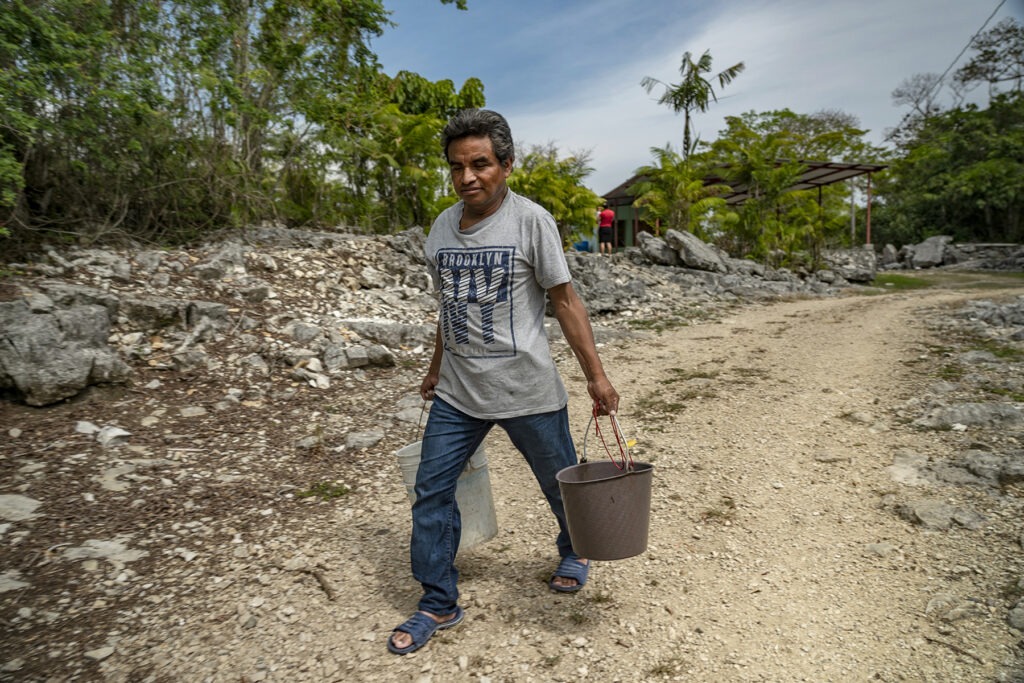
Community water systems may consist of elements such as water tanks and filters. Their materials and configurations are determined by the needs of the communities.
Community organizing is key to accessing water. Organizations call it “associativity,” explains Fermín Reygadas, director of Cántaro Azul. APAMS, headed by Gómez-Pérez, is an example of associativity, a united front from which several communities can have a stronger voice with the municipal government, which might be able to ignore one community, but not 28. This has helped them get the government to approve a budget to install tanks and hoses, such as those in La Unión. APAMS’s claim to water refers not only to supply, but to a broader right including access to a sufficient amount of clean, potable water to meet personal and household needs. “Although the municipal governments don’t have the capacity to provide water service in these communities, they should at least facilitate the conditions for the water boards to operate them,” says Reygadas.
That is the struggle taking shape today by APAMS and other communities in Chiapas, such as San Isidro and Montebello, in the municipality of Berriozábal.
Alliances that open taps
More than five hours by road from La Unión, in the municipality of Berriozábal, is San Isidro, a community of internal migrants who, for the last 30 years, have been looking for an inexpensive place to live near Tuxtla Gutierrez, which is expanding into an urban sprawl.
Sandra Elena Cruz Domínguez and Esther Arangoa came to live in San Isidro a few years ago. Little by little, they became involved in community tasks, including those having to do with water. After a while, Cruz Domínguez was elected president of the property of the local ejido (land farmed in a communal system in Mexico). She couldn’t believe it. At first, others, including her husband, advised her not to take it. “You don’t know the mess you’re getting into,” he warned her. Cruz Domínguez had already held positions on the town’s water committee, and she wanted to add that experience to her new position for the good of the community.
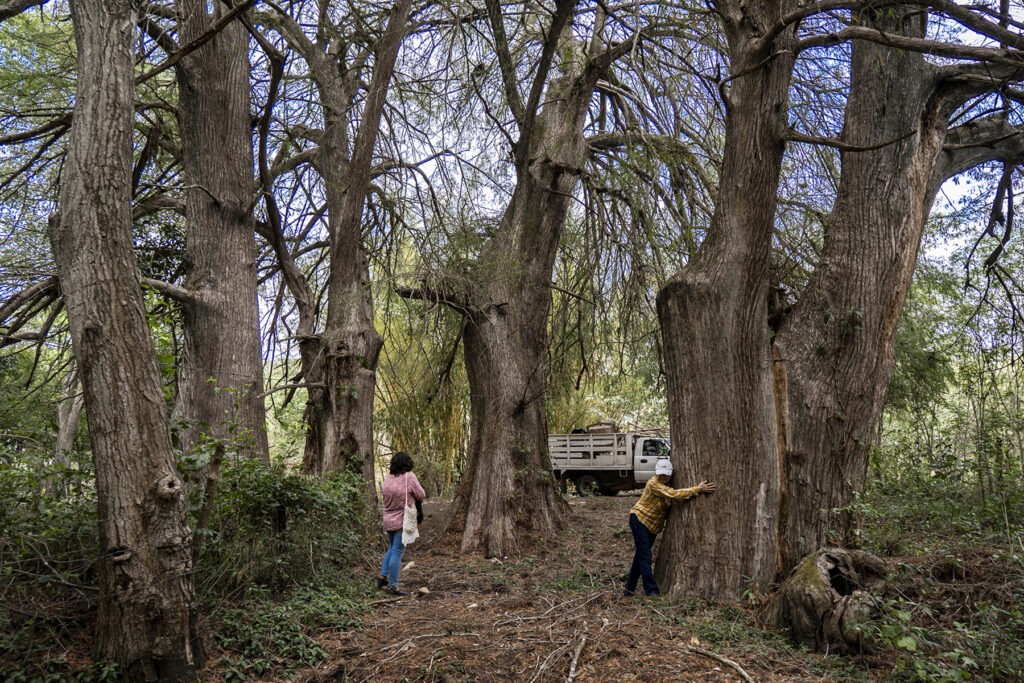
San Isidro’s water system issues from a well watched over by centuries-old cypress trees; Sandra Elena Cruz Domínguez and Esther are responsible for ensuring its proper functioning.
For a long time, the water committee and the presidency of the San Isidro communal assets had worked separately, but when Sandra became president, she asked Arangoa, the head of the water committee, to work with her. Prior to this collaboration, water was pumped from a distant well to a tank on top of a hill near the community and reached homes only a few days a week through PVC pipes. With a little technical training from Cántaro Azul, they were able to get water every day and also implemented a system of collecting fees for the water service: 50 pesos per month from each house, which has provided them with funding for other water projects.
“We want people to be aware of their water use and the organization behind it, for them to feel the responsibility to pay for all those things that go unnoticed by users. They don’t realize the work being done for them to have quality water in their homes,” Cruz Domínguez says. Cruz Domínguez and Arangoa’s progress in water management earned them an award from one of the organizations supporting them. With that money they installed solar panels, reducing the bill for the electricity used by the pump that takes the water from the well to the tank from 3,000 to 1,800 pesos. The next step will be to replace the stone tank that collects the water, which, as in La Unión, is on private land. An elevated steel tank will mean a better water supply and will be key to a project of local terraces and orchards that Cruz Domínguez and Arangoa devised. Despite being an ejido, almost none of the inhabitants of San Isidro cultivate the land due to its topographical conditions. Even to get a chili pepper, they have to go to another community to buy it. Broad stone slabs running underneath the thin layer of soil prevent crops from growing. To deal with that problem, Cruz Domínguez and Arangoa put their ingenuity to work. By means of garden beds filled with compost made by San Isidro homemakers, Cruz Domínguez, Arangoa and other women in the ejido have already managed to harvest lettuce, arugula, epazote, radishes, chilis, yucca, yams and carrots. Both the tank and the garden beds require a rainwater harvesting system, which has already been laid out.
The soil of San Isidro makes it difficult to harvest any crops, but with ingenuity and dedication, Sandra Elena Cruz Domínguez and Esther Arangoa managed to develop garden beds that could be a source of sustenance for themselves and their neighbors.
The will of water that breaks stones
Near San Isidro, an hour’s drive away, is Montebello, a community founded 30 years ago by three families who built their houses on extensive stone slabs. Although the stones lie over water tables, they are so hard that breaking them to obtain water is very expensive and of little use.
Glady Janeth de la Cruz Domínguez is a member of the first generation born in these parts. Since her family first came to this rocky terrain in the early 1990s, the struggle for water has been constant. Back then, her mother and father grew and sold chayote squash to build a cistern the size of their house, which they filled with rainwater. De la Cruz Domínguez is also working to pass down water access to her children. That’s why she joined the community water brigades, a project of the Berriozábal Water Governing Board. The Governing Board has similar functions to the Association of Boards of Sitalá, except that this board is part of the municipal government and comprises representatives from the communities.
Glady Janeth de la Cruz Domínguez walks along the rocky terrain of Montebello, where she was born and where, since its founding, water has been scarce due to the lack of deep wells and springs nearby.
There, she was tasked with representing not only her community, but seven others to oversee their water needs. From this position, she has been able to obtain water catchment, filtration and purification systems, as well as new cisterns and tanks. In the spring of 2023, De la Cruz Domínguez traveled to the UN General Assembly in New York to learn about other communities’ water struggles. “I was very surprised by the people from the Amazon, a big river out there in Brazil, who commented that its waters were poisoned by factories, by so much logging and by the extraction of water,” she recounts in amazement. “They’ve fought to defend their water with everything; they’re even willing to defend it with their lives. That made me very sad, but it also impressed me and motivated me a lot.”
Back in Montebello, De la Cruz Domínguez basks in the first rain of the season that finally falls in her family’s water tanks. There was a time when the town was surrounded by trees and animals, jaguars and howler monkeys, all of which have disappeared with endless logging. In addition to water, De la Cruz Domínguez wants to defend the trees because, without them, there will be no rain. She’s heard that in other communities, there are water boards like Gómez-Pérez’s in La Unión that organize themselves not only to have catchment basins but to ensure there is a consistent and ongoing supply of water. She’s also heard about other groups, like those of Cruz Domínguez and Arangoa, that promote a better life. Inspired by the people of the Amazon, La Unión and San Isidro, De la Cruz Domínguez wants to make equally significant progress in Montebello.

Whether they are called water associations, governing boards, or committees, the communities and organizations supporting them have a common challenge: obtaining their recognition in the Mexican Constitution. To this end, they have met with the state government, local and federal representatives, and even the National Water Commission (the federal administrative body). As it is, the local boards help provide water to thousands of people forgotten by governments, and constitutional recognition would facilitate their operation and proliferation.
Like the water of a river that builds as it flows, Gómez-Pérez, Cruz Domínguez, Arangoa and Dee la Cruz Domínguez, supported by the women of their communities, want to be a river that nourishes along the way.
Photos and video: Duilio Rodríguez

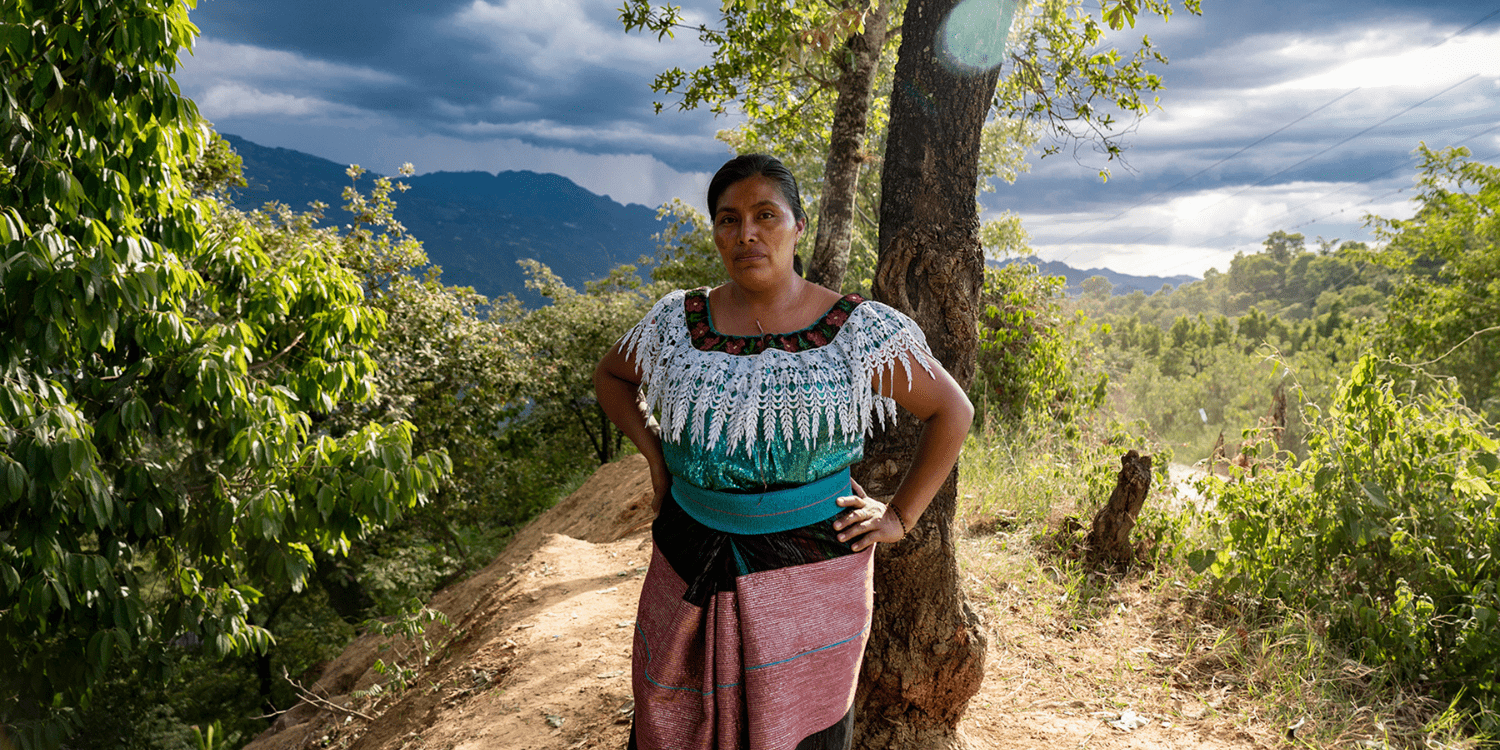
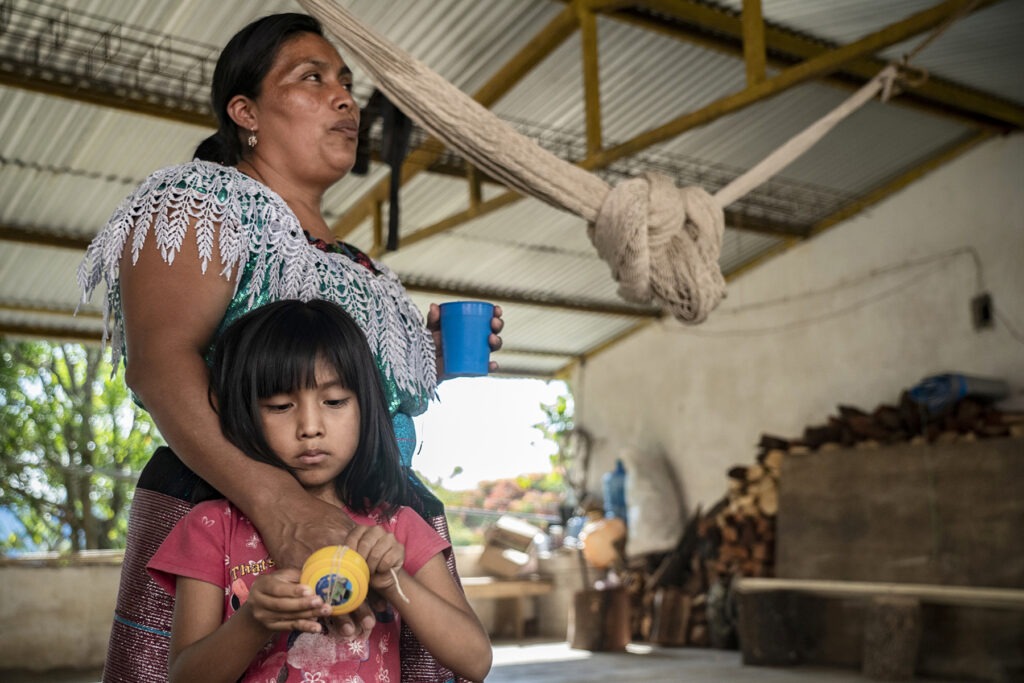
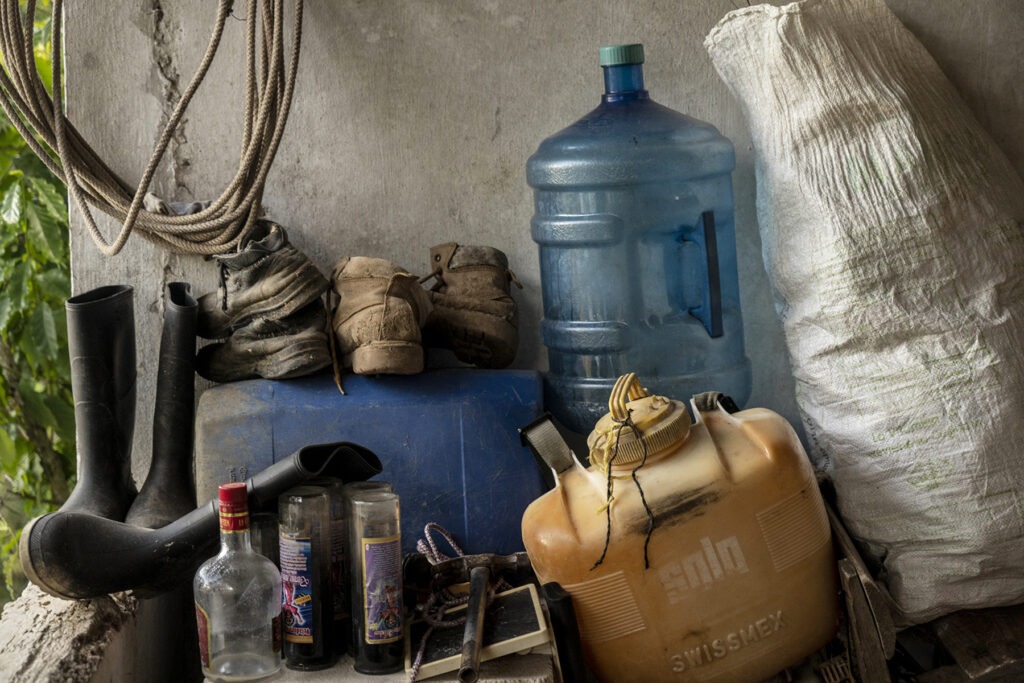
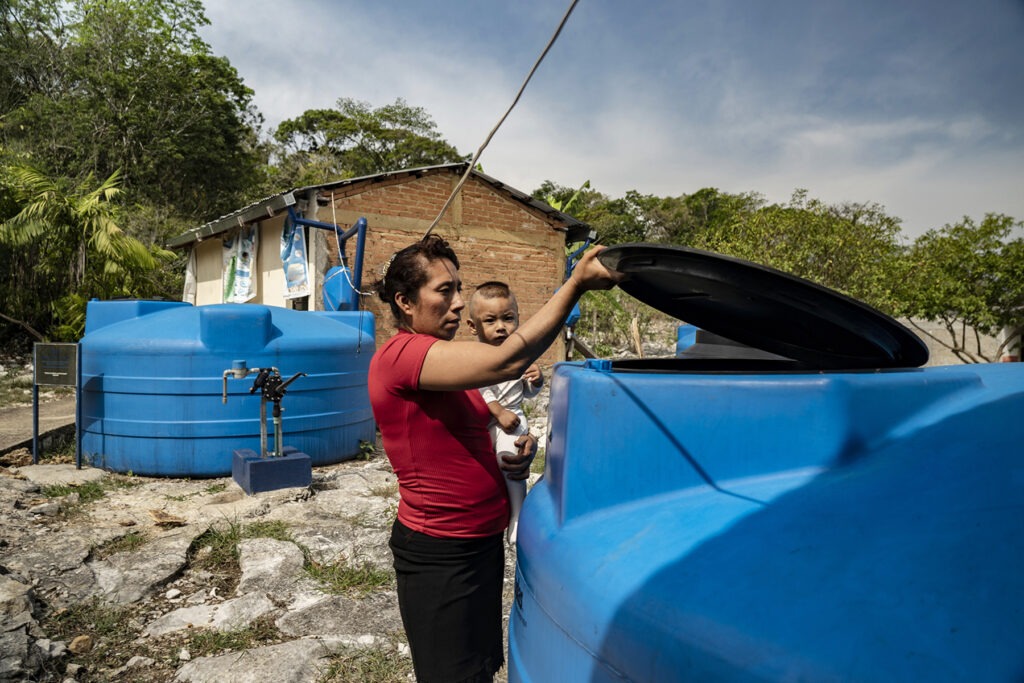

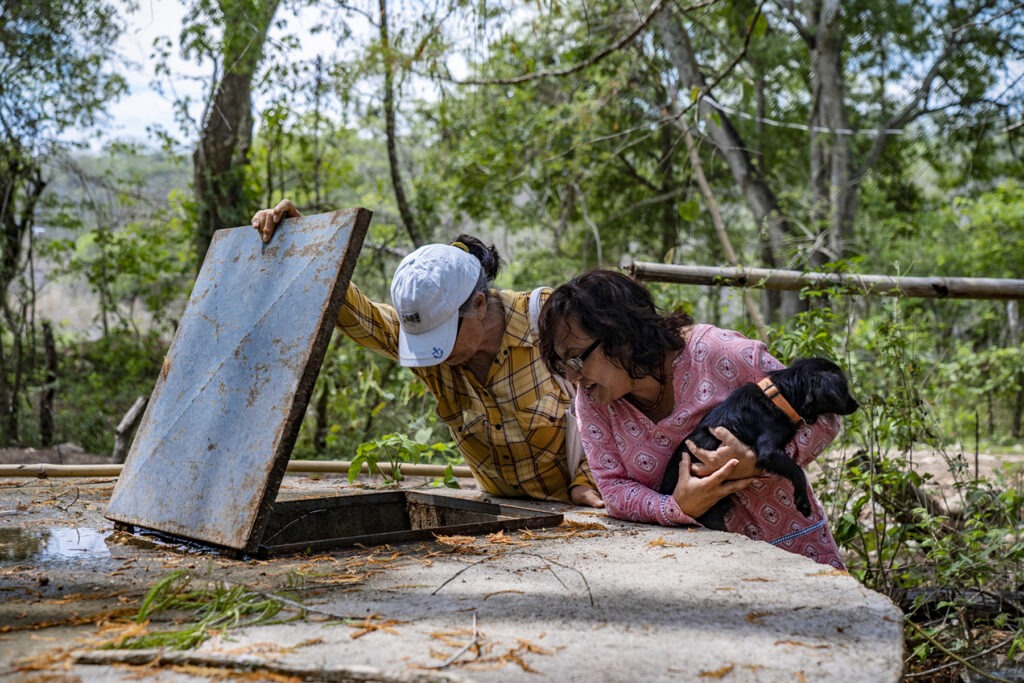
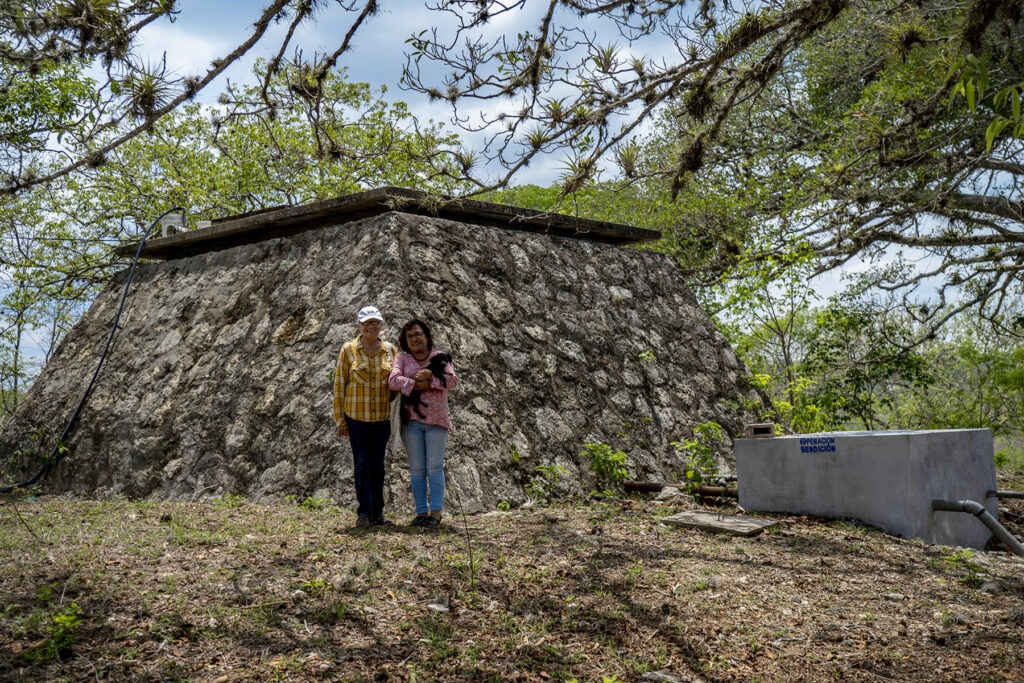

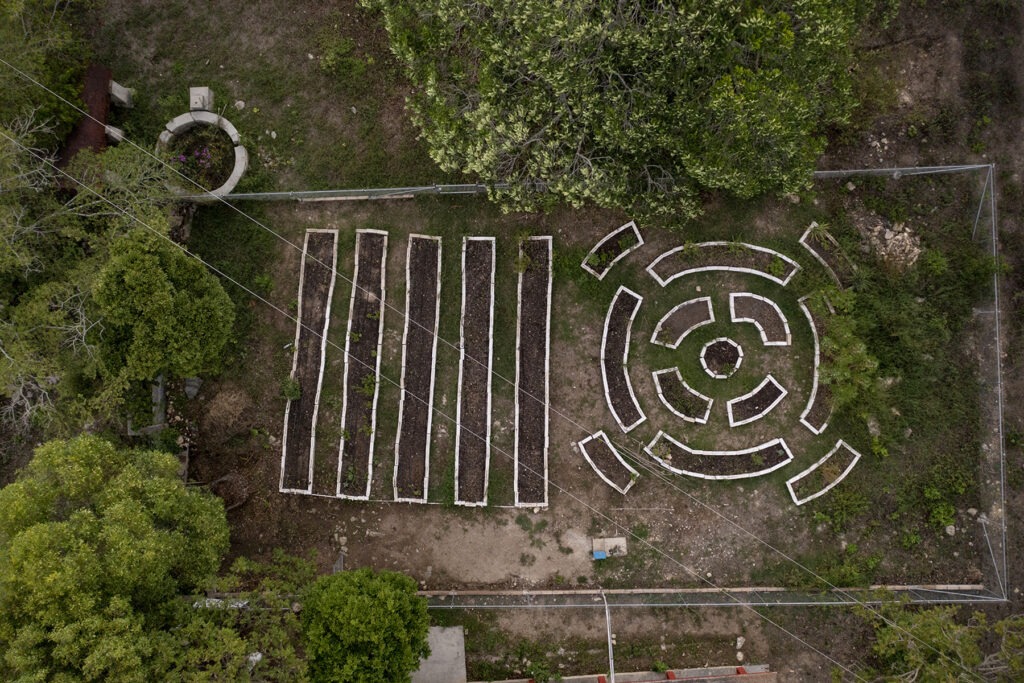

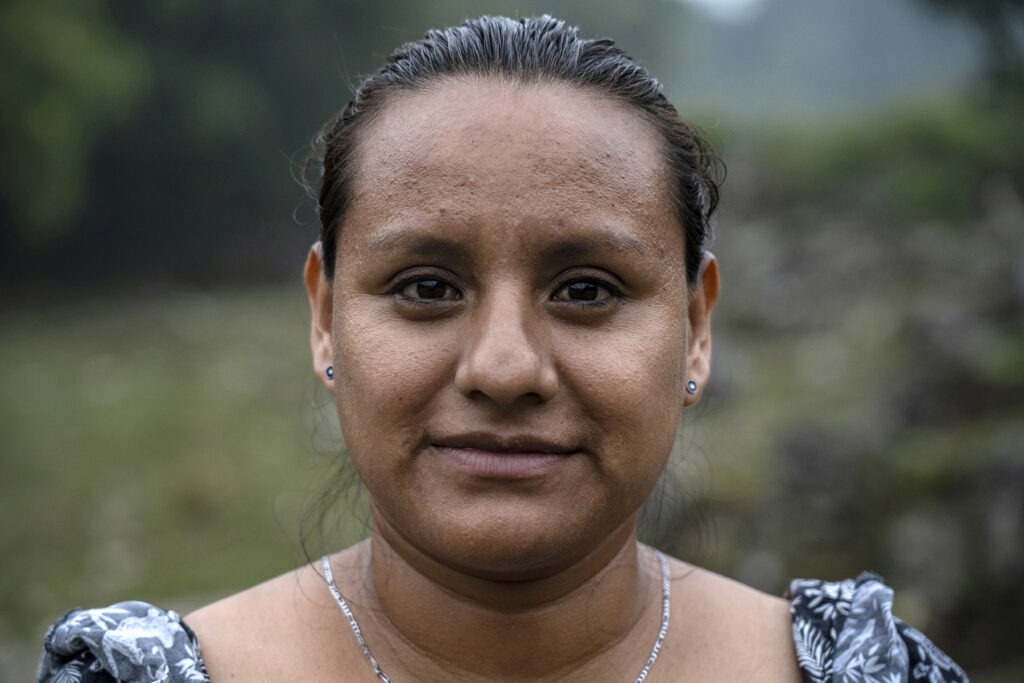
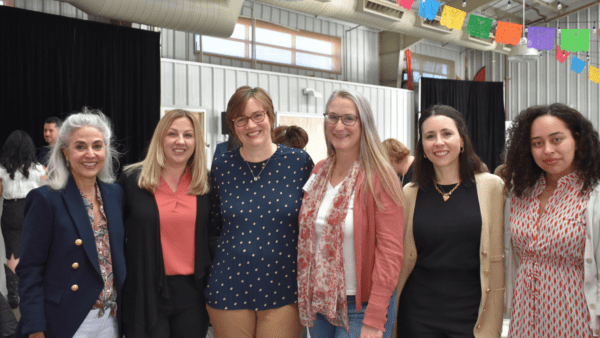
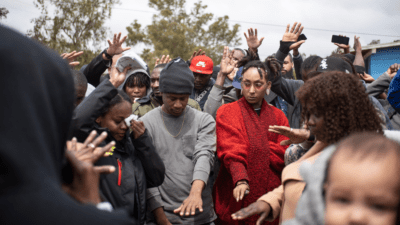
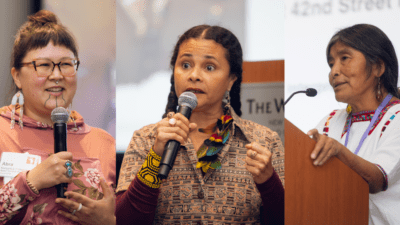



Comments